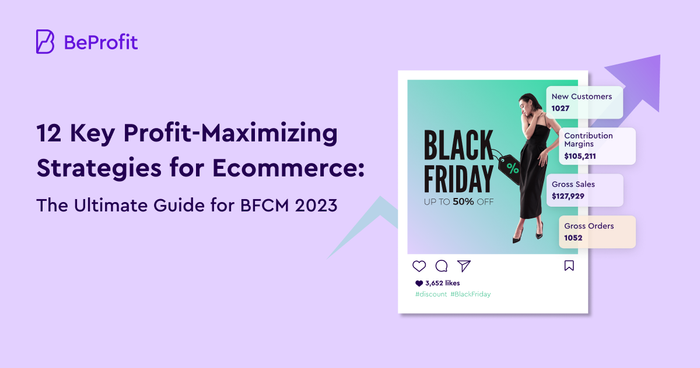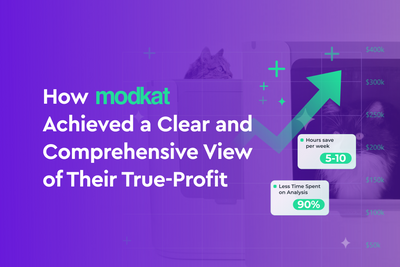Profit Analytics Blog
Read expert articles with insights about e-commerce profitability from analyzing thousands of e-commerce businesses' data.
Profit optimization
How Modkat Achieved a Clear and Comprehensive View of Their True-Profit Modkat, a small business for cat lovers, started its journey with a clear mission - blend style with functionality. With their award-winning cat litter box designs, Rich and Brett had an all too familOctober 15, 2023
Profit optimization
5 Simple Advertising Techniques to Increase Shopify Incremental Profit MarginsShopify is a dominant platform in the e-commerce market. It holds 10% of the global e-commerce tech market and, in 2022, had a total revenue of $5.6 billion. But poor advertising can lead to low salesMay 4, 2023
Profit optimization
Successfully Increase E-commerce Store Revenue With Customer DiscountsDid you know that 92% of US shoppers search for promotions or coupons before shopping online? It can be a powerful way to improve retention. Businesses can leverage this in numerous ways, such as prodApril 25, 2023
Profit optimization
Customer Profitability Analysis: Benefits, Formula, and Step-By-Step GuideCustomer profitability is the difference between the gross profit margin earned on a customer and the cost incurred to acquire them. Most businesses determine customer profitability with the help of aApril 21, 2023












